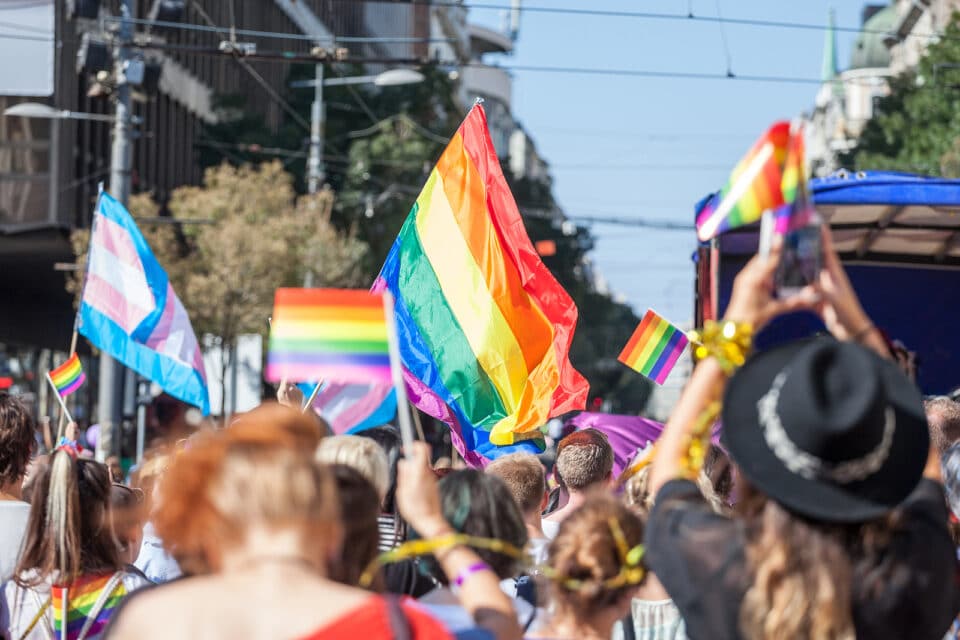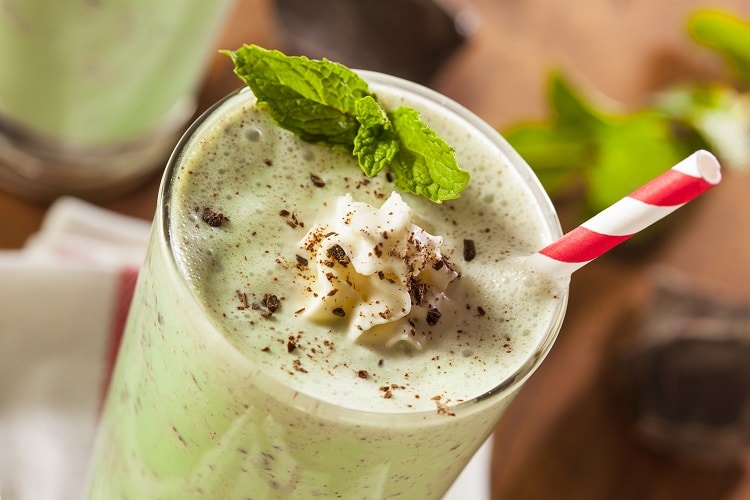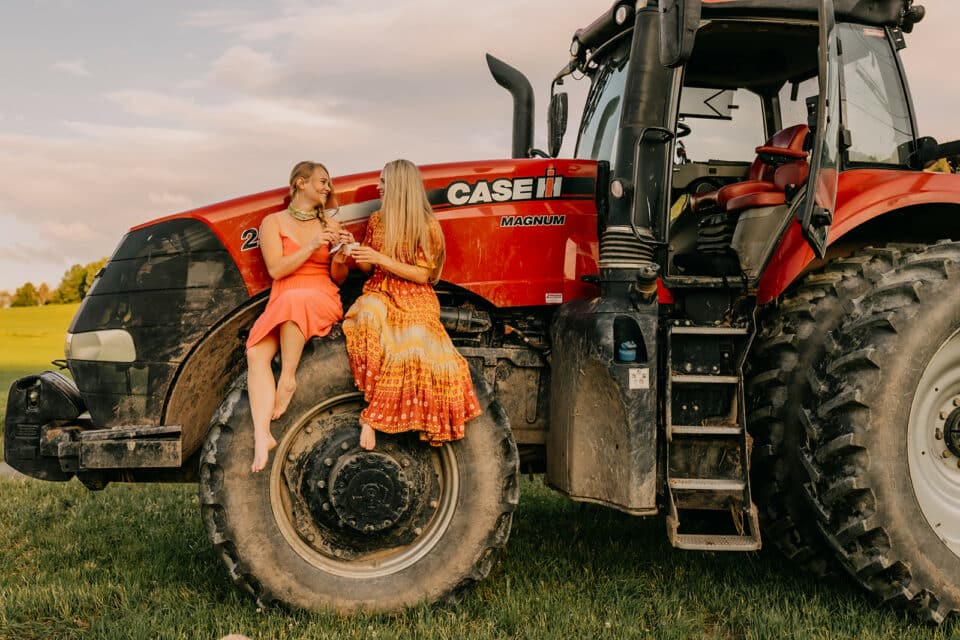By guest writer Circus Boy
So, what’s the big deal about coffee? You may be asking yourself this question as you see coffee shops popping up on every street corner. It’s just a drink, right? Perhaps it’s your daily morning pick-me up a perfect end to a fabulous dinner or maybe even that perfect companion alongside your book on a rainy day. Whatever role it plays in your life, fact is…it’s a daily part of life for 52% of American adults…and a majority of them don’t know where it comes from or even the difference between a French roast and a Snickerdoodle-Creamcake-Suffle-Supreme coffee. So, read on to begin your daily journey towards daily coffee nirvana.
If we’re going to talk about a better daily cup of coffee, then I need to set some coffee-type things straight.
First, coffee is a seed from the cherry of a coffee tree. It only grows at certain altitudes in certain regions of the world. There are two kinds of coffee trees: Arabica and Robusta. Arabica tastes better and is preferred but is harder to grow, whereas Robusta grows like a weed but is extremely bitter in taste (often used as filler in cheaper coffees, but more on that later).
Second, there is no such thing as a vanilla coffee tree or even a pumpkin-spice coffee tree. Flavored coffees are nothing more than syrup-drenched, roasted coffee beans.
Third, coffee does not stay fresh longer when stored in the refrigerator!
Fourth, French roast, espresso roast, etc are not types of coffee; they refer to how dark the coffee was roasted and have nothing to do with where the coffees came from or really how they taste (except how burnt). These names purposely evade growing regions and flavors because they are usually blended with the cheapest coffee available from various parts of the world.
Fifth, fresh coffee is always best. Stored in an airtight, glass container at room temperature in a dark place, whole bean coffee lasts 10-14 days from its roast date, a little longer in sealed valve bags, but after that it’s fertilizer (I know what you’re thinking…yes, that does mean that nearly ALL grocery store coffee is stale)!
With that out of the way you’re probably asking, what is good coffee? The easiest answer is you will know it when you taste it. That said, there are a few quick (and cheap) things you can do to drastically improve your daily cup (or cups) of drip coffee.
-
Find the freshest whole-bean coffee possible – Use the Internet or your local coffee shop to find a good roaster. Then, buy only as much coffee as you need for a week. Don’t be afraid to try different kinds of coffee (roasters are a great resource and love to explain the differences among coffees) and make sure you find out the roast date; remember that properly stored coffee (as I mentioned earlier) is only good 10-14 days from that roast date.
-
Grind immediately before brewing – Often friends have told me they opt out of this step in the name of convenience. Truth is, it only adds a minute, literally a minute, to your coffee routine and is the bees knees when it comes to the taste. You see, once coffee is ground, all of the flavor oils that make coffee taste so dang good immediately start to evaporate. Once you break that little flavor capsule of a coffee bean you only have minutes before the flavor starts to seriously deteriorate.
-
Buy a grinder already – What, so you haven’t bought one yet? Trust me, when you do all of your friends will be drinking coffee at your house. Really, they’re not all that expensive. Burr grinders are best, but you can get away with a $10 blade grinder for drip coffee. You can buy them almost anywhere now, and I’ll bet between your couch and the floor of your car you can find $10.
-
Use good water – This may seem like a given, but until you realize that coffee is 99% water and have tasted the difference, you’ll know what I mean.
-
Don’t cook your coffee – What?! Well, let’s face it; most American coffee drinkers use their good ole’ coffee machine with their 12-cup glass carafe on top of a hot plate. What happens is that the hotplate continues to cook the coffee after it is brewed and obliterates those wonderful oils that give it its yummy flavor. Instead, pour your fresh brewed coffee in an insulated carafe or even a thermos.
-
Enjoy your coffee in ceramic or glass – Styrofoam and paper are porous materials, so when a liquid is poured in them, say your favorite fresh brew, they leave an impression on each other…literally.
Now that you have been endowed with this coffee knowledge, you have an assignment: Within the next week go forth and put these six things into practice and see what happens. I’ll be waiting to hear what happens, and remember, enjoy the journey!
Yours truly,
Circus Boy




2 Comments